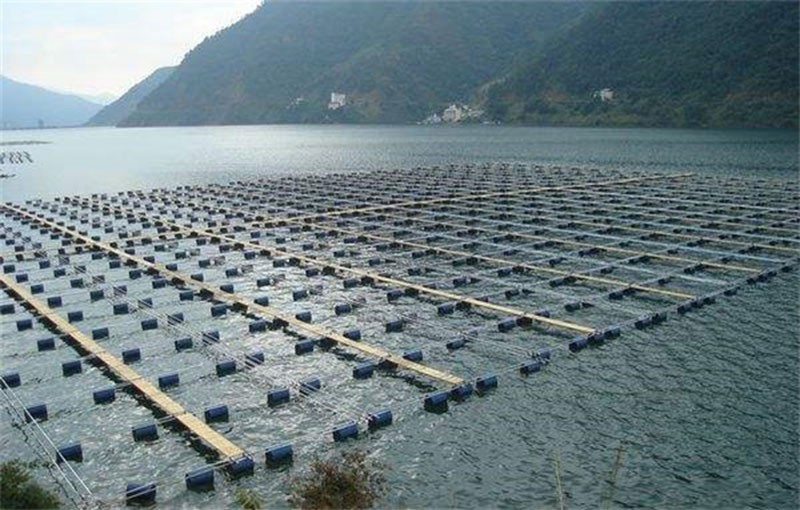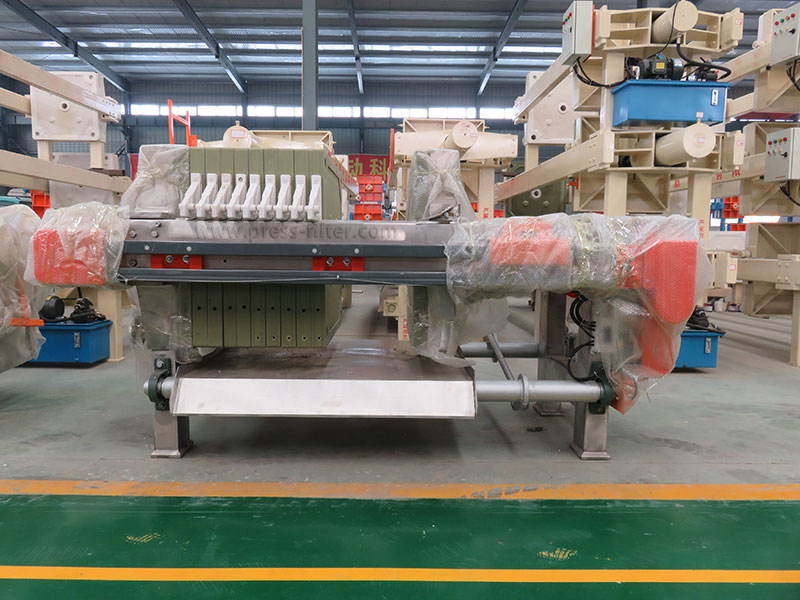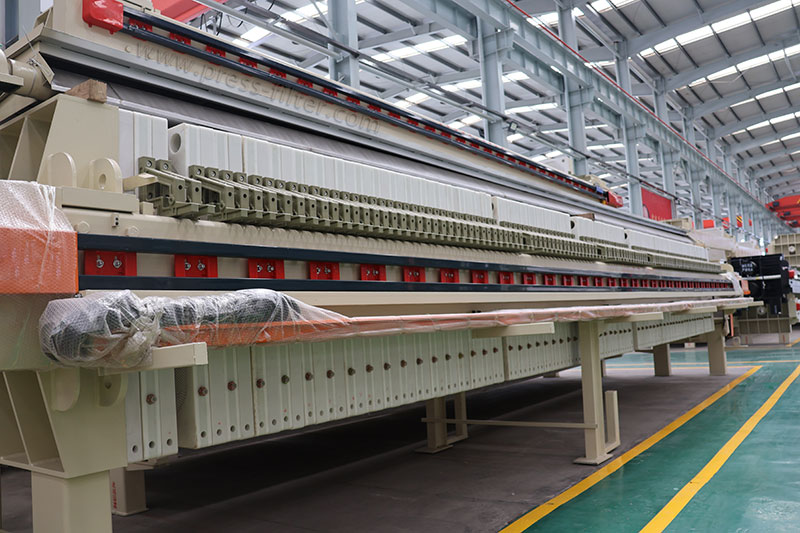Application of Filter Press in Aquaculture Wastewater
In order to prevent hypoxia or disease in organisms in aquaculture, maintaining good water quality is important. Due to the environmental impact of the farm itself and the continuous feeding of bait, solid pollutants will appear in the water, and these wastewaters need to be disposed of in time. So, how to treat aquaculture wastewater? What role does a membrane filter press play? This article will give you a detailed analysis.
Characteristics of Aquaculture Wastewater
Aquaculture wastewater is very different from domestic sewage and industrial wastewater. First of all, its pollution is lighter, especially nitrogen and phosphorus are extremely low, and the chemical oxygen demand is often not higher than 100 mg/L. Secondly, most of the aquaculture wastewater is produced during water exchange and pond cleaning, so the single discharge volume is large, and the regularity is not strong. Finally, the discharge of aquaculture wastewater is closely related to rainfall conditions, so its flow is relatively uneven.

The current treatment technology for aquaculture wastewater is mainly biological treatment technology, partially supplemented by physical and chemical treatment technology. However, biological treatment technology is less efficient and less effective or has greater limitations, while physical and chemical treatment technology faces higher costs. Therefore, finding efficient and economical wastewater treatment methods is of great significance to promote the sustainable development of the aquaculture industry.
How to Treat Aquaculture Wastewater?
Biological treatment
Biological treatment is a process that uses microorganisms to break down organic matter in wastewater into harmless substances. This approach includes natural treatment systems (such as wetlands) and artificial treatment systems (such as activated sludge systems, biological filters, and biofilm reactors). Microorganisms can convert ammonia nitrogen in wastewater into nitrogen gas and decompose organic matter, thereby reducing the concentration of pollutants in wastewater. This process is environmentally friendly and relatively low-cost, but the processing time is long and is greatly affected by climate and environmental conditions.
Chemical precipitation method
Chemical precipitation is the addition of chemicals to wastewater to cause pollutants dissolved in the water, such as phosphorus and heavy metal ions, to form insoluble precipitates, which are then separated through precipitation. This method can effectively remove phosphorus and some heavy metal ions in water, but the use of chemicals and subsequent sludge treatment will increase operating costs.
Physical filtration method
Physical filtration uses filter materials (such as sand, stone, activated carbon, etc.) to remove suspended substances and some dissolved pollutants in water. This method is simple to operate and easy to maintain, but it may require regular replacement of filter materials and has a limited removal effect on some dissolved pollutants.

Membrane filter press processing
As a highly energy-efficient solid-liquid separation equipment, the membrane filter press plays an important role in aquaculture wastewater treatment. Aquaculture wastewater contains a large amount of residual bait, solid particles, etc. If not treated in time, it may cause hypoxia, disease, and other phenomena in aquatic organisms. The membrane filter press can effectively remove solid particles in the water through filtration and separation. The water body meets the recycling and reuse standards and saves costs.
The Role of Membrane Filter Press in Aquaculture Wastewater Treatment
- Improve solid-liquid separation efficiency: The membrane filter press presses the suspended solids in the wastewater into filter cakes through high pressure and effectively removes more water through further squeezing of the membrane, making the solid-liquid separation cleaner and more efficient than traditional sedimentation or conventional filter press method.
- Reduce the volume of treated sludge: Because the membrane filter press can press the filter cake to be drier, it greatly reduces the volume of treated sludge, reducing the burden of subsequent sludge treatment and disposal while saving disposal costs.
- Reduce wastewater discharge and improve water quality: The suspended solids content of wastewater treated by the membrane filter press is greatly reduced and can be directly discharged or reused in farms, reducing pollution to external water bodies and saving water resources.
- Resource utilization: The processed filter cake can be used as organic fertilizer to recover nutrients, reducing environmental pollution and realizing waste resource utilization.


